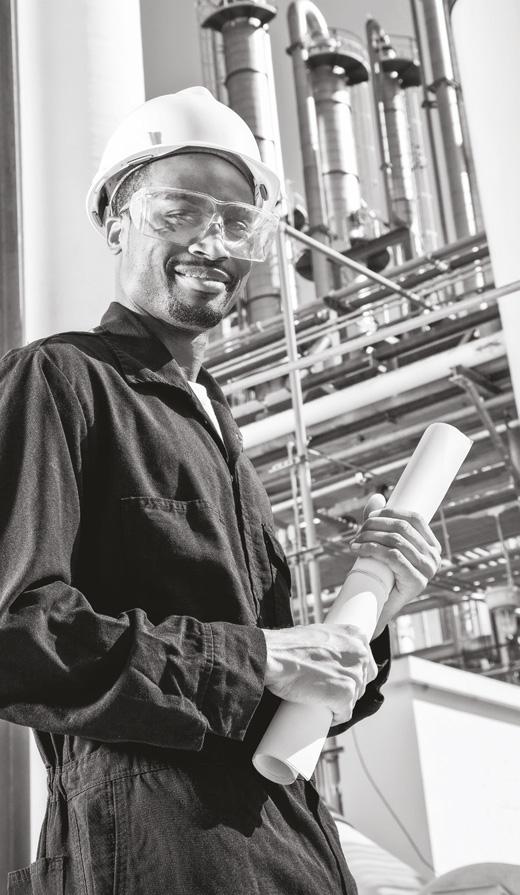
9 minute read
More control, more confidence
Senior Pipeline Integrity Product Manager, Matt Romney. T.D. Williamson, USA, outlines how a new classifier enhances response to gouges from mechanical damage.



In the 60 years since pipeline service providers introduced inline inspection (ILI) capabilities, the development of new technology has provided increased peace of mind – and decreased potential for product loss. Today’s pipeline inspection technology can help detect common defects including dents, cracks and corrosion, and more complex interacting threats with increasingly greater accuracy. Yet there are still some challenges to overcome. For example, finding a way to distinguish dents with gouges from plain dents, and dents with corrosion, has remained the focus of intense interest – and considerable investigation, research and investment. And with good reason: gouging in dents may be a high-risk anomaly associated with mechanical damage, the leading cause of reportable incidents on natural gas and hazardous pipelines worldwide. The industry realised that the ability to differentiate between dents with and without gouge anomalies would provide significant integrity benefits. ILI tools that could better detect, classify and size these defects would help operators comply with ‘dent with metal loss’ regulations, reduce unnecessary digs, prioritise repair and, ultimately, avoid failures. That’s a tall order, but in 2016, T.D. Williamson (TDW) and Kiefner & Associates began a US Department of Transportation-funded research project aimed at delivering the game-changing capability.
The result was a gouge versus metal loss (GvML) classifier paired with the TDW Multiple Dataset (MDS) platform.


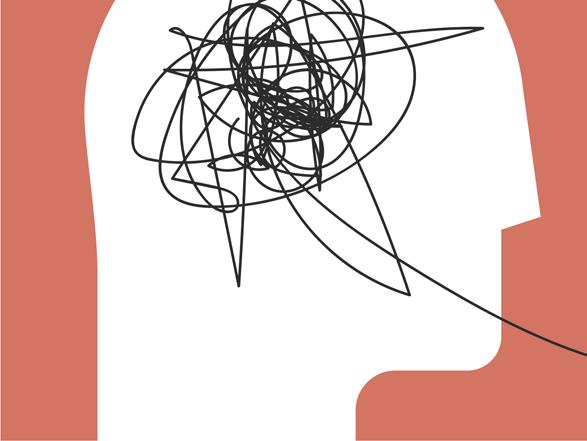


Figure 1. Excavators and other digging equipment are often to blame for mechanical damage in pipelines.
Figure 2. The Multiple Dataset (MDS) system provides the most comprehensive inspection data for mechanical damage assessment.
Since then, TDW has worked with operators to refine and enhance the accuracy of the original GvML algorithm, resulting in the development of an updated GvML classifier.
The enhanced classifier was built and validated on data from real-world anomalies – each one identified during ILI inspections and validated with associated non-destructive evaluation (NDE) data. This resulted in the industry’s first published performance specification for gouge identification and depth sizing within a dent.
The new GvML classifier: ) Identifies gouges with greater confidence.
) Provides depth sizing of gouge and corrosion features co-located in a dent.
) Allows operators to make data-driven decisions, using depth sizing reporting to assess threats and mitigate higher threat features first. Third party damage: a global threat to pipeline integrity Despite operators’ efforts to thwart mechanical damage – including surveillance, encroachment monitoring, one-call programmes and other strategies – it continues to be an on-going problem, even in regions where pipeline integrity risk is declining overall, including Europe.
According to Conservation of Clean Air and Water in Europe (CONCAWE), a group that studies environmental and other issues relevant to the oil industry, all causes of “spillage incidents” on the continent have tapered off. That is, except for theft, which has risen significantly in recent years, and mechanical damage, which remains the most common threat pipeline operators have to contend with.
In its research about European pipeline failures between 1971 and 2017, CONCAWE looked at the percentage of spillage incidents stemming from mechanical damage. When theft is included in the equation, mechanical damage, or third party interference, accounted for 24% of all incidents. Excluding theft, though, the total jumped to 38%. That’s roughly equivalent to the number of incidents on European pipelines caused by mechanical and operational issues combined.
The story is similar in the US. For example, the Pipeline and Hazardous Materials Safety Administration (PHMSA) found a significant link between third party damage and serious incidents (those resulting in a fatality or hospitalisation) on gas transmission pipelines. Between 2005 and 2019, PHMSA reported, excavation damage was responsible for 25% of serious incidents and the majority of those (83%) were caused by a third party.
Gouge or corrosion? Why identification matters While it’s safe to say that mechanical damage is a worldwide menace, the fact is that not all mechanical damage is alike. Some forms pose a far more severe risk to pipeline integrity.
According to API 1163, ‘mechanical damage’ is a generic term used to describe combinations of dents, gouges and/or cold work caused by external forces. Although any deformation of the pipeline wall can alter pipeline integrity and lead to the possibility of failure, dents with minor corrosion and smooth, isolated dents are generally considered lower risk than dents with gouges present.
API 1160 defines gouges as “elongated grooves or cavities usually caused by mechanical smearing of metal.” They typically result from the pipe being unintentionally struck by a third-party excavator or other equipment working above it or nearby. A common scenario is an excavator tooth scraping against the pipe’s surface with enough force to create a dent with a gouge –



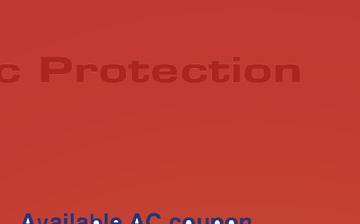
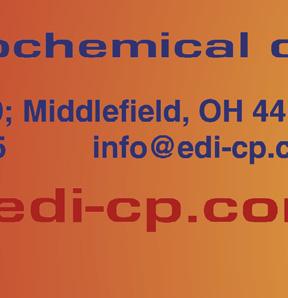



creating the possibility of multiple problems, some more serious than others.
For example, the dent may have metal loss or disbonded coating that can lead to corrosion. However, research has shown that a dent with a low level of corrosion (10% or so) doesn’t significantly increase the integrity risk. A dent with a 10% gouge, on the other hand, could be indicative of localised cold working, making the pipe more susceptible to cracking.
Knowing whether you’re dealing with a dent with corrosion or a dent with a gouge, and the depth severity, can be the difference between monitoring and mitigating, between scheduling a repair or responding with the utmost urgency.
Although metal loss detection is possible with conventional magnetic flux leakage (MFL) technology, it wasn’t until the introduction of the enhanced GvML classifier that detection, classification and sizing metal loss in a dent was backed by a performance specification.
Combining existing technology for comprehensive inspection The GvML classifier leverages the existing magnet-based technologies on the TDW MDS platform with machine learning. The result: a process that can pick out – and categorise – subtle characteristics in ILI data derived from high and low magnetisation signals.
MDS technology offers comprehensive mechanical damage assessment. The MDS platform incorporates multiple technologies on a single tool train, where data is easily correlated to identify coincident threats. The MDS platform includes five primary technologies: high-res geometry (GEO); with mapping (XYZ); high field axial MFL; low field MFL (LFM); and helical/ spiral MFL (SMFL) – that allow for a comprehensive inspection of most pipeline features, including dents with coincident metal loss.
To distinguish dents with gouges from plain dents and dents with corrosion, the GvML classifier compares signal characteristics of the MFL, LFM and SMFL technologies. The highfield technologies detect and size metal loss while the low-field technology detects metallurgical changes associated with mechanical damage. The classifier leverages details about each technologies’ signal collected at the dent, including signal amplitudes, shape and orientations relative to the dent profile, to complete its classification and sizing.
Lots of dents, lots of data points A key to the expected performance of the enhanced GvML classifier is the data that was used to create the primary algorithms.
Although it is common for early versions of a new model to be based on laboratory data, the enhanced GvML model



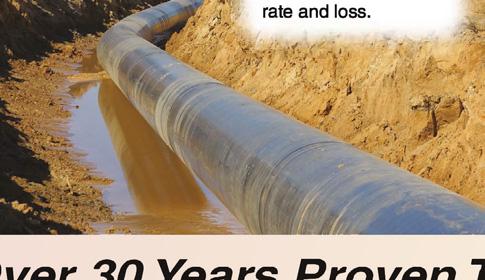




Figure 3. When mechanical damage does occur, it’s common to find a gouge located within the larger dent anomaly in the pipe wall.
was developed solely using field data obtained from ILI and excavations across multiple pipelines. Test anomalies included plain dents, dents with corrosion and dents with gouges, all of varying sizes and severity. The number of anomalies and broad distribution of diameters, anomaly severity and pipe types enabled a classifier and depth sizing model with performance that is robust against the same broad distribution of inspection parameters.
Sometimes, early versions of a new classifiers can be intentionally conservative; to make sure no anomalies are missed, they identify some anomalies for excavation that turn out to be low risk.
By improving accuracy and precision compared to the earlier GvML classifier, TDW no longer needs the additional conservatism in the enhanced version. The enhanced classifier process is validated to accurately classify gouge and non-gouge metal loss within a dent, with demonstrated results, while balancing the operator experience of investigating non-gouge features that are misclassified in reporting.
Better decisions about what is next Mechanical damage is a little like a flash flood or an earthquake. It appears out of nowhere, without warning. Even with all the best prevention efforts, it can catch operators off guard. And it may not be obvious until it’s too late and failure is imminent.
Fortunately, while the industry continues to look for solutions to mitigate mechanical damage in pipelines, it is possible to use technology to minimise losses and better manage the response. The one-of-a-kind GvML classifier can help operators gain control over the effects of mechanical damage. By providing a data-based understanding of metal loss anomalies within a dent, including depth sizing of gouge and corrosion features, the GvML classifier allows operators to make informed decisions about what to do next, whether that’s monitoring or immediate mitigation.
THE FUTURE OF CORROSION PREVENTION
Introducing AMPP, the Association for Materials Protection and Performance. After more than 70 years, NACE International and SSPC have united as the global authority for corrosion prevention knowledge. We are creating the future of materials protection and performance and leading the way for the industries we represent. AMPP members protect people and places around the world from corrosion, and together we are building a safer, protected, and preserved world.
